Leading Trekking and Adventure Agency Since 1997
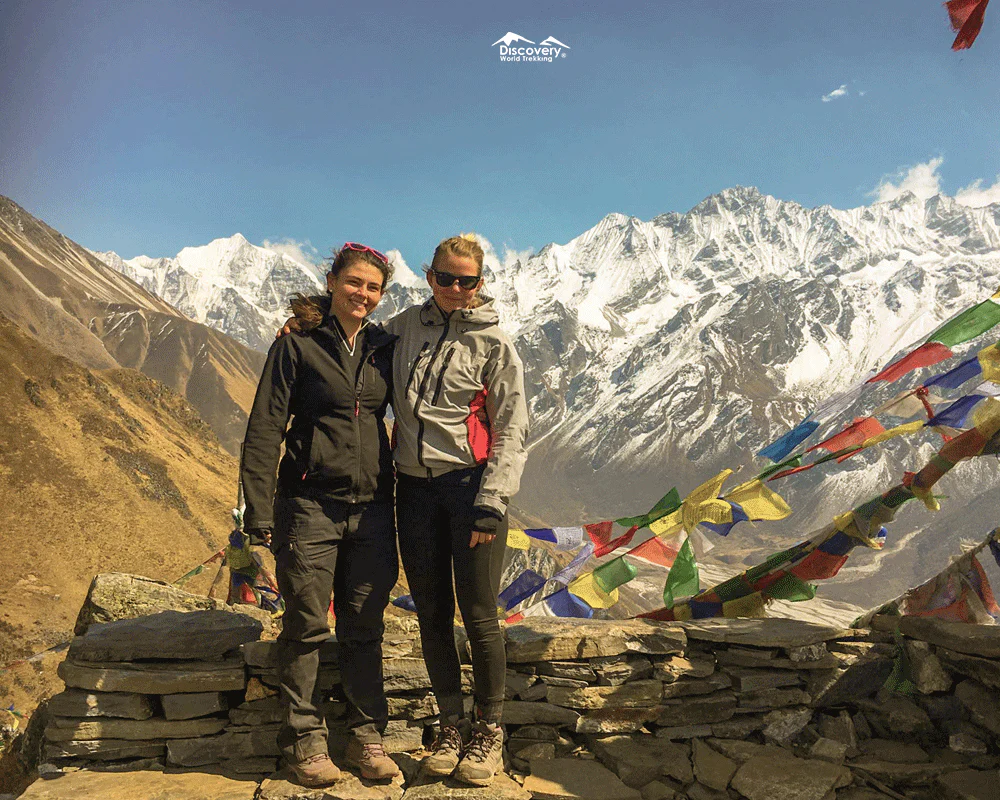

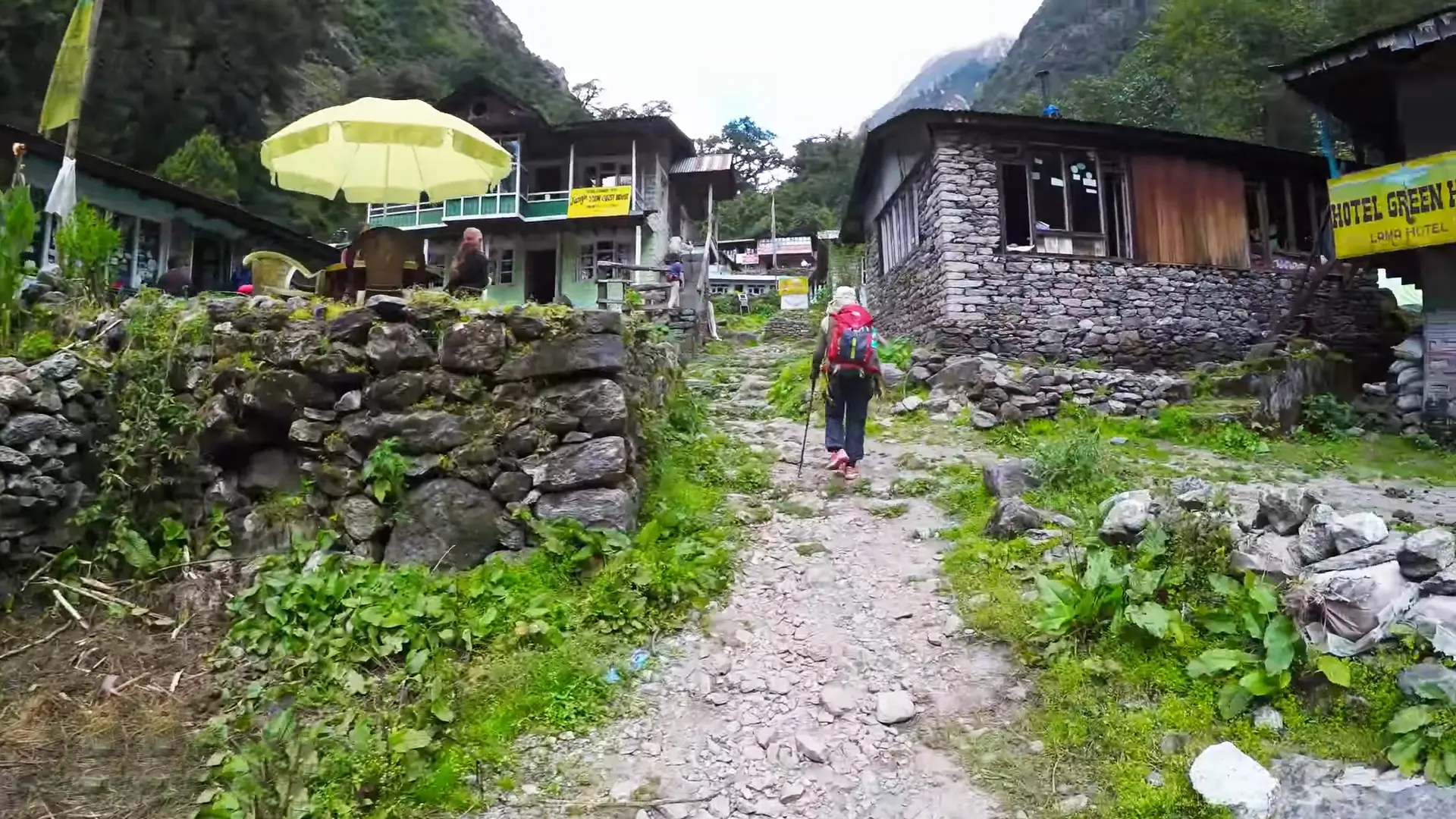
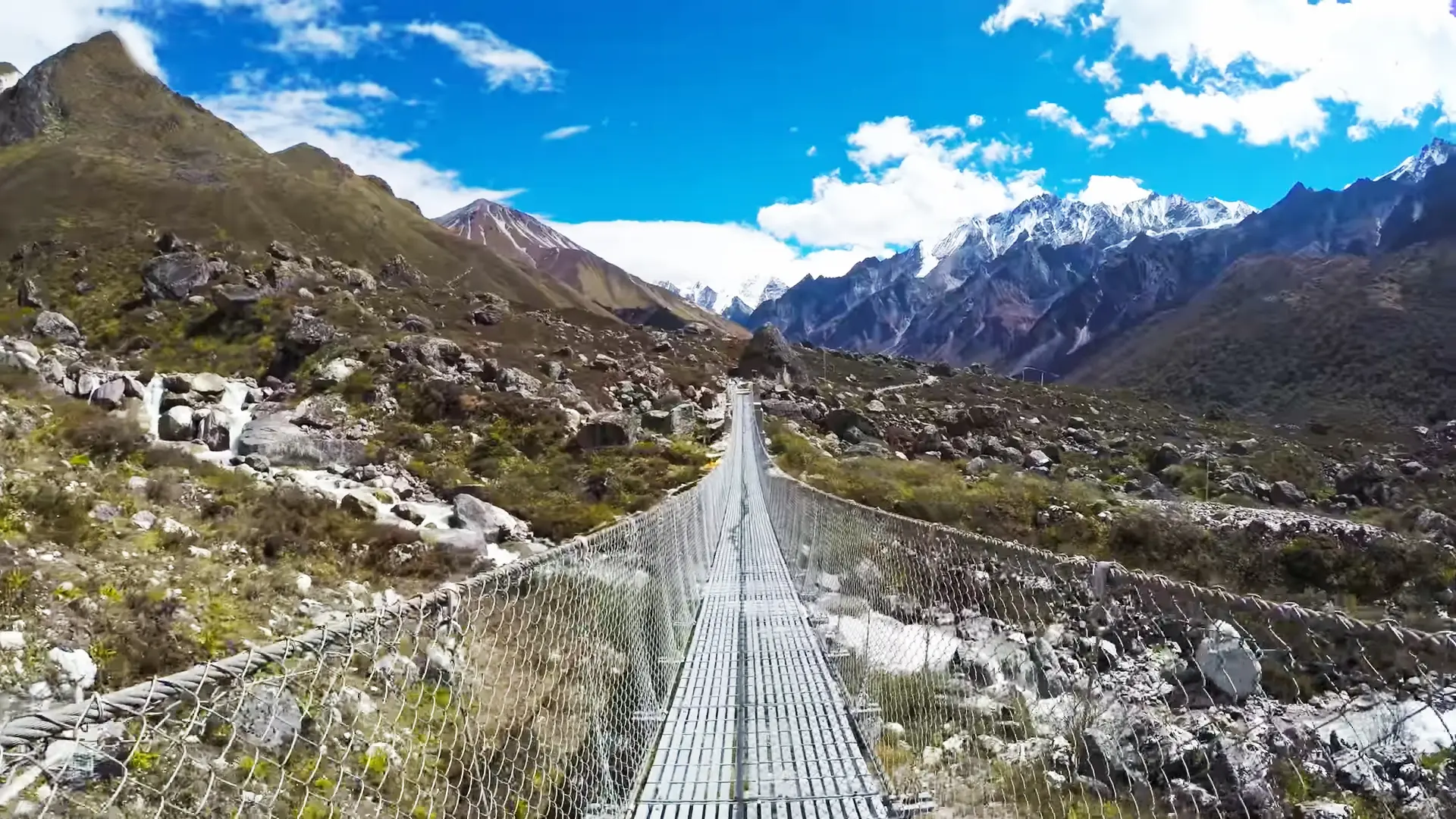
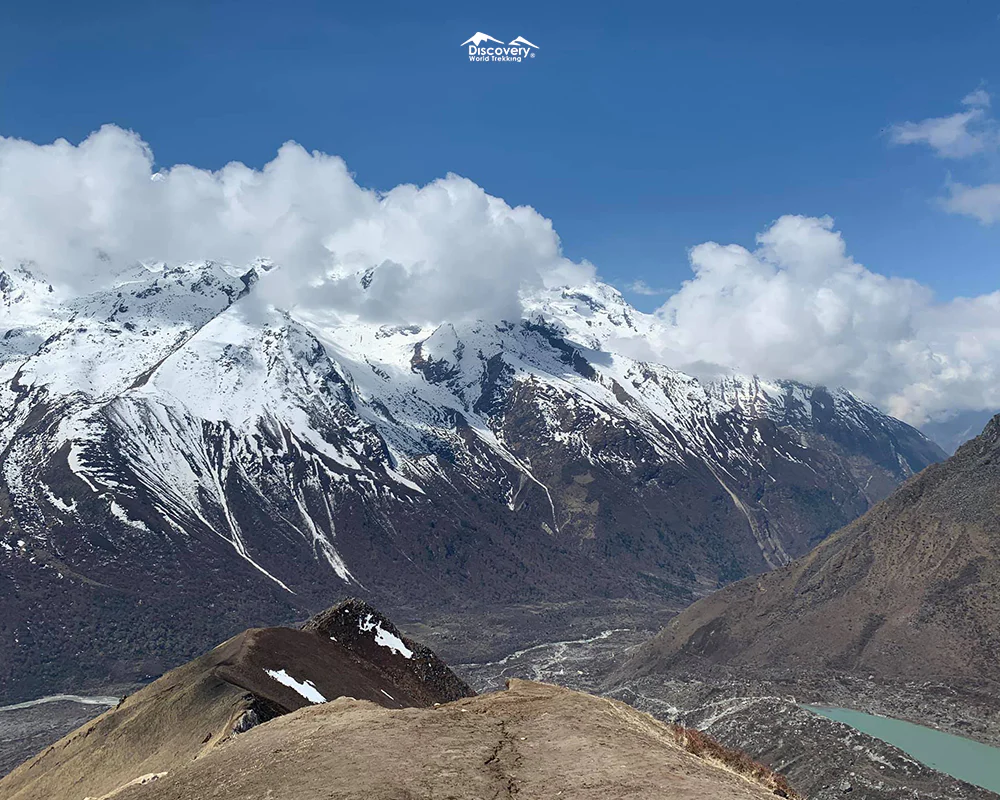
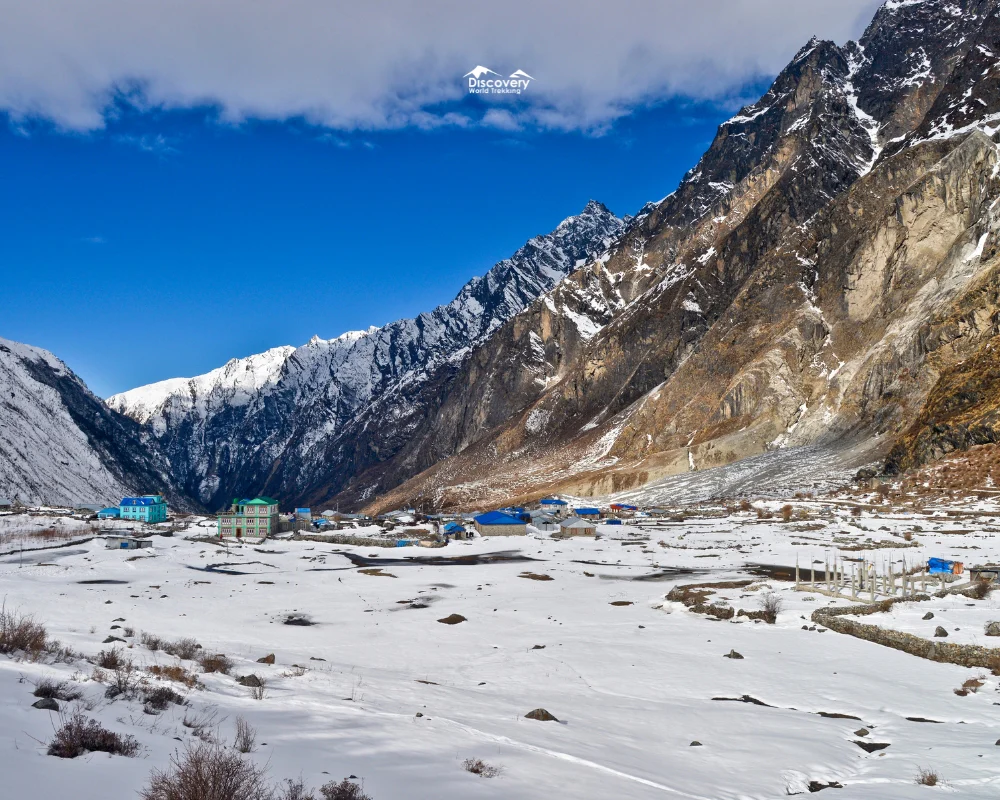
Gosainkunda Langtang Trek is one of the most popular tourist attractions in the Langtang National Park. It's situated in the northeast part of central Nepal, close to Kathmandu. In fact, it is visible from Kathmandu Valley.
This trek lets you experience deep gorges, rocky terrain, pine forests, yak pastures, insight into Buddhist religious practices, mystical monasteries, picturesque villages, hillside terraces, serene valleys, and breathtaking glaciers originating from high mountains. The trial also takes us to the sacred Gosainkunda (4,380m / 14,620ft), an alpine freshwater lake high up in the mountains of the Rasuwa.
This trek begins with a drive along the Trishuli River, which heads north from Kathmandu through Trishuli Bazaar and Dhunche and finally to Syabrubesi.
We start the trek from Syabrubesi, a Tamang village by the banks of the Bhote Koshi River. The trek will follow the Langtang River until we reach Lama Hotel for the night. The next day we will trek from Lama Hotel to Langtang Village, a large Tamang settlement. From Langtang Village, we head to Kyangin Gompa. We will rest at Kyangin Gompa for a day to acclimatize. While acclimatizing, you will have the option to visit the yak cheese factory, Tserko Ri Viewpoint, and Kyangin Gompa monastery.
Then we return to the Lama Hotel then continue trekking in the beautiful Langtang Valley to reach Gosaikunda, a revered pilgrimage for Buddhists and Hindus. The waters of Gosaikunda Lake are believed to have magical healing powers. But to reach Gosaikunda we trek from Lama Hotel to Thulo Syabru, and from Thulo Syabru to Cholangpati and finally to Gosainkunda.
After Gosainkunda, our trek will take us through Laurebina La High Pass to Ghopte in the scenic Helambu region. From Ghopte, we descend to Kutumsang through rhododendron, pine, juniper forests, and peaceful meadows. The next day, we continue our descent to reach Chisapani via Pati Bhanjyang. On the last day of the trek, we trek from Chisapani to Sundarijal and catch a bus back to Kathmandu.
After an early breakfast, we start with a scenic drive on a local bus out of Kathmandu Valley to Syabrubesi - northwest of Kathmandu. From the way, you can see beautiful scenery - raging rivers, terraced fields, typical Nepali villages, and snow-capped peaks. The road is smooth up to Trishuli Bazaar. Then the road becomes a little rugged as it ascends to Dhunche and descends back down to Syabrubesi, a bazaar town with much to explore - including riverside hot springs where you can relax.
From Syabrubesi, we begin our first day on the trail. We cross the Bhote Kosi to Langtang River and then follow the Langtang River through the fertile jungle and terraced fields. Up ahead, we pass the landslide area, climb up to Bamboo, and gradually ascend to Rimche, located at the bank of Langtang River. On the way lie several rural settlements, bamboo and birch forests, where you might spot rare, local wildlife - including the red panda. We continue to trek up to the Lama Hotel village.
We continue our trek alongside the Langtang River while ascending through dense forests. On the way, we will be able to catch glimpses of snowy peaks beckoning us forward. Eventually, the narrow river valley widens out at Ghoda Tabela. In the past, there was a Tibetan resettlement project running here. We will stop at the Ghoda Tabela army check post to register our papers. Then we cross the east side of the river as we get closer to the Langtang Valley. We continue past the prayer wheels driven by flowing water and prayer flags to scenic Langtang village, inhabited by Tamangs.
We continue ascending as we pass through small abandoned villages and meadows. The wide Langtang valley offers far-reaching panoramas of the mighty Himalayas. Our route crosses several tributaries and a glacial moraine. We, then, finally arrive at what once was the largest settlement of our journey, a place known as Kyanjin Gompa, named after the nearby, ancient monastery of Kyanjin Gompa. The Kyanjin Gompa is mostly abandoned after being badly affected by the 2015 earthquake. After lunch, we climb to Kyajo Ri Viewpoint at 5,150m / 19,600ft to catch spectacular views of several mountain ranges and Langtang Valley. However, this is an optional trek.
We will stay at Kyanjin Gompa for acclimatization on this day. The upper Langtang Valley offers stunning close views of thetall mountains and glaciers. We will be visiting several sites, such as the Yak cheese factory and Kyanjin Gompa Monastery. If you want, you can trek to Langshisha Kharka and the Tserko Ri (5450) viewpoint, from where you can catch the beautiful mountain views of the Himalayan peaks - including Langtang Lirung (7,227m), Langtang II (6,596m), and Yala peak (5,500m). We return to Kyanjin Gompa for the evening.
From Kyanjin Gomba, we bid goodbye to the upper highlands and start descending on a route that will take us out of the valley. We follow the same path that took us to Kyanjin Gomba. On the way, we will pass the Langtang Village and then stop for lunch at Ghora Tabela, where we register our exit at the army check post. After a leisurely lunch, we descend through the dense forests of the river valley to Lama Hotel.
This day you will descend to the banks of Langtang Khola and cross a small waterfall. The route will take us through rhododendron and bamboo forest, teeming with wild lives like wild boar and monkeys. You can also see great views of Ganesh Himal from the route. At the end of this day's trek, we will cross a suspension bridge to reach the bottom of the Thulo Syabru village.
From Thulo Syabru, we gradually climb upwards and pass Langtang National Park's army checkpoint. Within half an hour of uphill trekking, we reach Daragang. The trail is less steep from here, as it passes, through the hemlock and oak forest. While passing the forest you may also spot the rare red panda. We continue our trek forward through Dhimsa and Sing Gompa to Cholangpati, where we will stop for the night.
As you climb up, the beautiful Langtang Himal (7234 m) - the most famous peak in the entire Langtang Range, will be greeting you. We start walking on a desolated barren mountain trail. As you climb higher, you will see more mountains on the horizon - the majestic Langtang Himal, Ganesh Himal, and even the Annapurnas on the west horizon. A few hours later, we arrive at Laure Binayak, then we will begin the uphill climb to Gosainkunda. After two hours of the steep climb, we will reach a chorten, and after an hour of trekking, you will see views of beautiful waterfalls and lakes - Saraswati Kunda and Bhairav Kunda, both of these lakes are formed by water flowing from Gosainkunda. Hindus consider this site holy as they believe that this is a favorite place of Lord Shiva. Gosainkunda receives thousands of pilgrims each year for a holy Hindu festival in the fall.
Today, you will cross the Laurebina La High Pass to the scenic Helambu region. From Gosainkunda lake, the path first descends from the lodges to the lake. Then our walk along the northern shore starts to get steep as we approach the Laurebina La Pass, but before reaching this pass, you will walk past three or more small lakes.
The Laurebina La Pass is marked with a stone stupa and many praying flags. This pass forms the highest point of the Langtang Trek. We then descend through a wide valley to High Camp (4240 m) and walk further down on a steeper and rocky path to Phedi. Right after Phedi, we descend to a footbridge across a stream. The journey from Phedi to Ghopte is demanding with long ascents.
We start trekking through groves of juniper, rhododendron, and pine in a remote, unpopulated area before we reach the peaceful highland setting of Tharepati. From Tharepati, the path descends gently through the forest on the western ridge slope. After walking for a while, we will pass a large meadow with ruins of shepherd's huts. From the route, you can see Gangchempo and Dorje Lakpa peaks. Then the descent gets steeper as it leads through a forest to Magin Goth (3265m). After a short walk, we will pass Kuala Bhanjyang (3335m) and descend to the village of Kutumsang (2470m).
From Kutumsang, we will ascend for a while and then descend to Gul Bhanjyang (2140m) Village. Then we climb up to reach a dusty wide road at Thorong Danda (2500m) and continue on a steep and rocky path to Chipping village.
We then drop down steadily and reach Pati Bhanjyang (1760m) - a village between Chipping and Chisopani. After walking half an hour from here, we reach Chisopani, famous for spectacular panoramic views of several mountains.
After a few minutes walk after Chisopani, we reach the Shivapuri National Park checkpoint. From here, we take a wide road leading down the hill, then on a paved path up the hill. Eventually, walking past a few water reservoirs and large water pipes, we reach Sundarijal (1460m), where we say goodbye to the trails and take local transport to Kathmandu.
We recommend that you bring the items to the list below. Suppose your trek is longer or shorter than that. In that case, appropriate adjustments can be made to reflect the specific requirements, season, and length of the trip. Adventure Club Trek will provide the items marked with an asterisk (*) at no additional cost. You are welcome to use your articles if you already have them and prefer your own. Many trekking items can be bought cheaply in the Thamel neighborhood of Kathmandu; quality will vary, with the items imported from China often being of higher quality. There are also several high-end shops in Kathmandu which carry well-known brands. Since our porters will carry your pack, please remember the weight limitation is 15kg (33 lbs since there is nothing there but some prayer flags. Also, please note that you still need to send me a list of gear.
Important Documents And Items:
HEAD
UPPER BODY
LOWER BODY
FEET
HANDS
TOILETRIES
SLEEPING
Medical
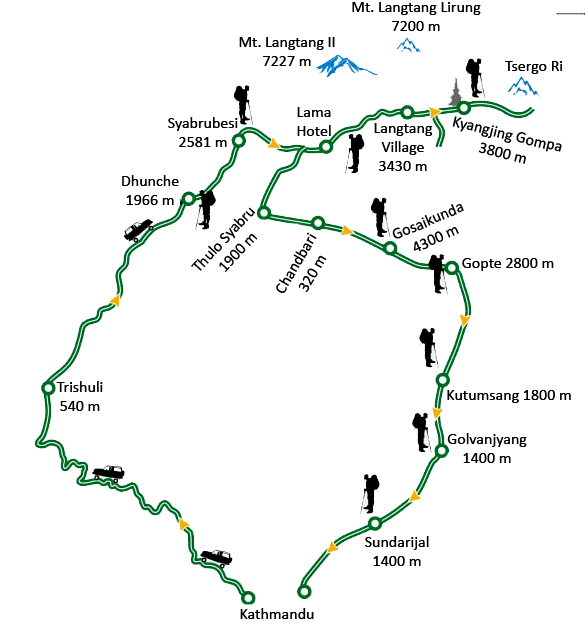
No, it does not. But if you have any pre-existing medical conditions, let us know before booking the trip.
You will see a Discovery World Trekking representative welcoming you outside the Tribhuvan International Airport arrival lounge holding a pamphlet with your name on it. S/he will take you to your selected hotel in a private vehicle.
Discovery World Trekking does not recommend non-veg items at trekking regions because the meat in such places may not be hygienic. We also strongly advise you to avoid dairy and cheese items along with alcohol. So, our packages are suitable for all - vegans, vegetarians, and non-vegetarians.
Discovery World Trekking has cancellation and refund policies. Please visit our terms and conditions page for more information.
Trip Duration: 13 Days
Trip Code: 45NUIM
Duration: 13
Primary Activities: Trekking
Arrival City: Kathmandu
Departure City: Kathmandu
Transportation: Vehicle
Best Season: December
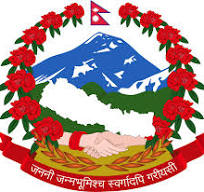


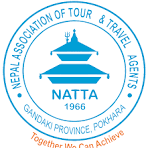
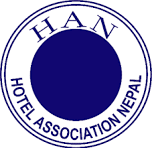
.jpg)
.jpg)
.jpg)
.jpg)
© 2025 Himalaya Kailash Travels & Tours Pvt. Ltd. All rights reserved.
Powered by: Nectar Digit
© 2025 Himalaya Kailash Travels & Tours Pvt. Ltd. All rights reserved.
